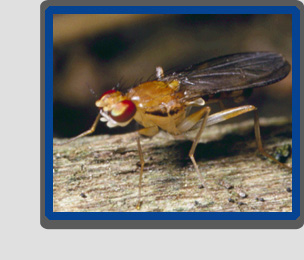| |
 
General & Distribution
The two eastern North American species of Clusia, C. czernyi and C. lateralis, are among the most frequently encountered Nearctic clusiids, along with several species of the diverse temperate genus Clusiodes. The Clusia species are more common in the northeast, especially around the Great Lakes, the St. Lawrence River, the Maritime Provinces, and New England, but they also occur farther south. Clusia lateralis is the more widespread species.
Similar species
Clusia czernyi and C. lateralis are easily distinguished. At a distance, the presence of a medial wing bar (forming a C-shaped pattern with the distal bar) easily diagnoses C. czernyi, while the absence of this bar diagnoses C. lateralis. Clusia czernyi also has only one pair of lateral scutellar bristles, not two.
Biology & Collection
The two eastern species of Clusia are frequently encountered and occasionally accumulate in significant numbers in Malaise traps, but large numbers of specimens are rarely encountered together in any one place. They are frequently seen on foliage, and both species are often found on dead, standing tree trunks (almost always deciduous), unlike other species in the family, which are usually associated with fallen wood. Clusia czernyi has also been collected in a “forest plain”, a “dry mixed forest” and a “maple forest with fern undergrowth”.
Melander & Argo (1924) found Clusia czernyi to be most abundant from May to June, and C. lateralis to be most abundant later in June and July. In Ontario, C. czernyi has been collected from the beginning of May to the third week in August, mostly May 26 to July 1. In contrast, C. lateralis has been collected from the last week in May to the first few days in September, with records suggesting a peak of abundance one week after the mid June peak of C. czernyi; a second smaller peak seems to appear in the second week of August. |
|
 |